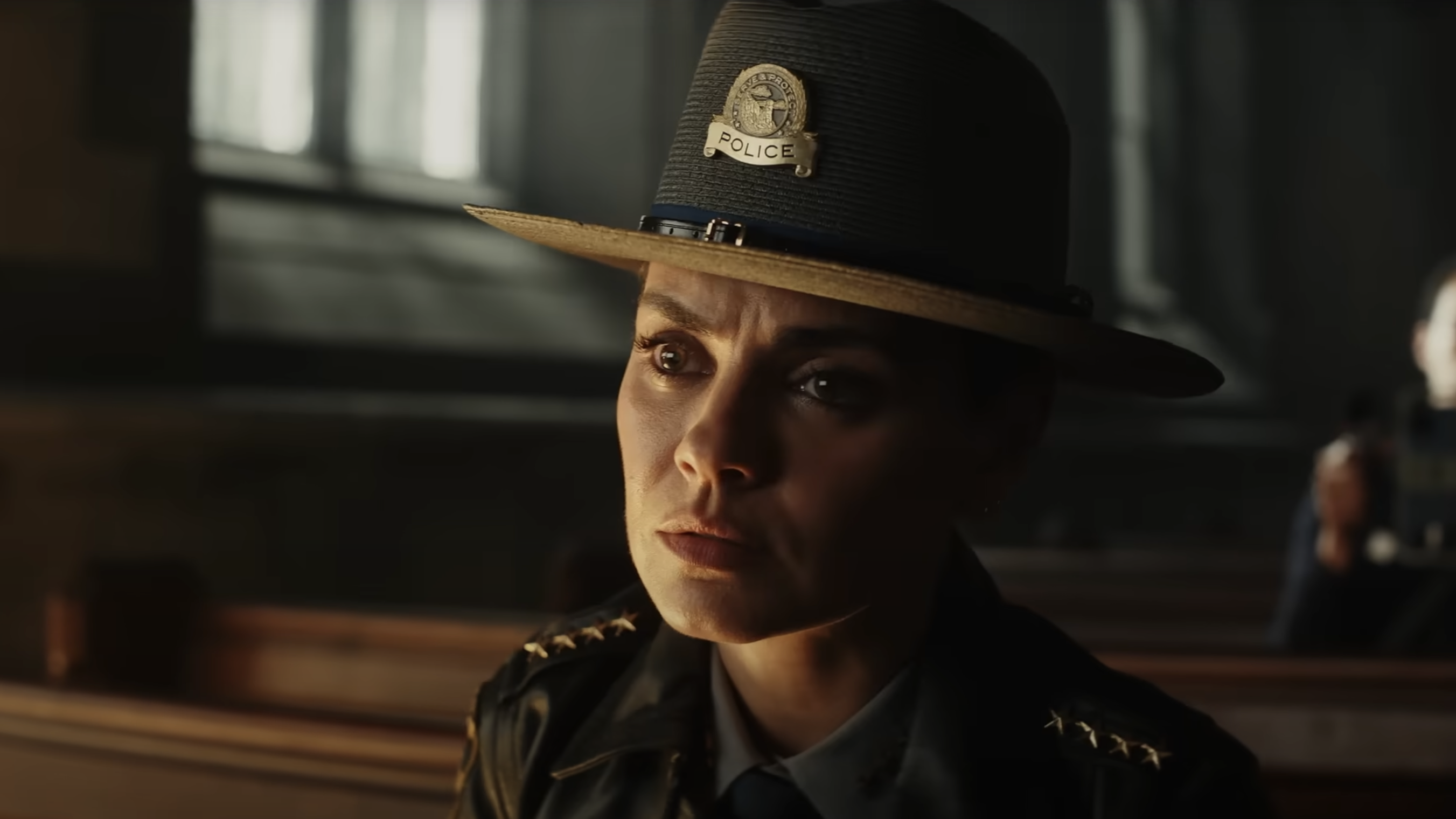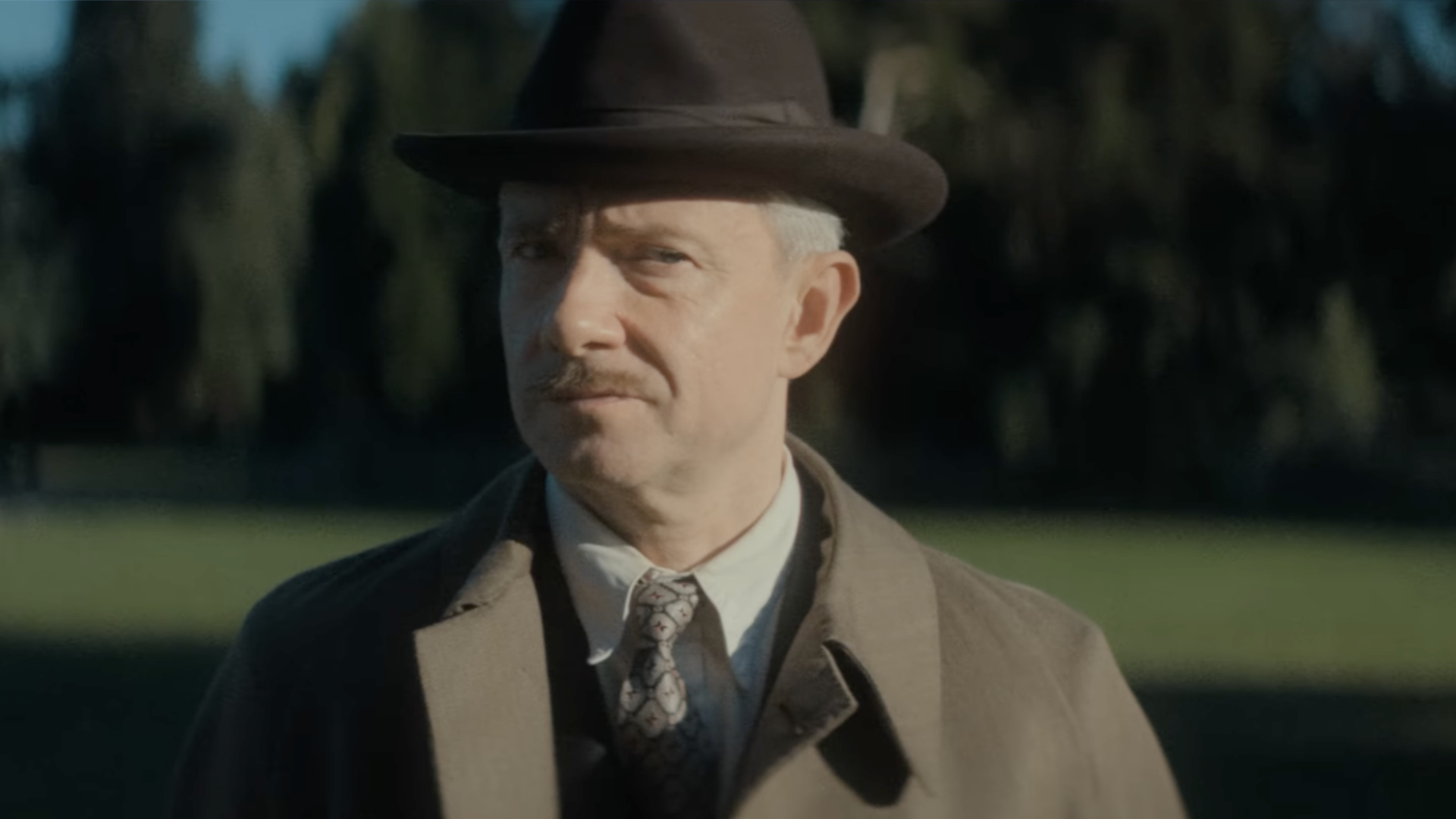Entertainment
The latest Entertainment breaking news, comment, reviews and features from the experts at T3
-

3 Netflix mysteries to watch before Knives Out 3 releases this month
These will tide you over (we hope)
By Max Freeman-Mills Published
-

I'm finally watching the best show of all time, and it encapsulates everything weird about streaming in 2025
The Wire is obviously good
By Max Freeman-Mills Published
-

Google TV Streamer gets its most significant update to date – here's what's new
This update could change the way you use your Google TV Streamer
By Chris Hall Published
-

Knives Out 3 is already rated 95% – 2 weeks before its theatrical release date
Wake Up Dead Man: A Knives Out Mystery has critical plaudits
By Mike Lowe Published
-

Shock sci-fi from Breaking Bad creator is now 100% rated on Rotten Tomatoes
Pluribus has that rare full-marks rating on Rotten Tomatoes – for good reason
By Mike Lowe Last updated
-

Prime Video's new show might be the most surprising, delayed sequel of all time
The Night Manager... Season 2?!
By Max Freeman-Mills Published
-

Netflix's new mystery series could be a perfect holiday watch – and it's not Knives Out
Agatha Christie is a true mystery master
By Max Freeman-Mills Published
-

Netflix just put out enough new Stranger Things info to satisfy even the biggest fan
A new series, and a new trailer? All at once?
By Max Freeman-Mills Published
-

This huge trailer makes me think I was wrong to give up on Stranger Things
Alright, twist my arm – I'll watch
By Max Freeman-Mills Last updated
-

Amazon Prime Video in November 2025: What's new on the huge streamer?
Here are five highlights for you
By Max Freeman-Mills Published
-

I've picked 5 lesser-known Halloween horrors to haunt you, streaming now
It's not just Halloween and Friday 13th, there are lots of lesser-known haunters to tune into on Netflix, Amazon and Apple
By Max Freeman-Mills Published
-

Netflix's super-sweet Halloween treat is a must-watch for all the family
Is It Cake? Halloween special edition is now available
By Mike Lowe Published
-

Netflix in November 2025: Top shows and movies coming this month
The streamer only gets bigger
By Max Freeman-Mills Published
-

Netflix making new sci-fi epic with Blade Runner and The Man in the High Castle roots
New production compared with another massive Netflix sci-fi hit, too
By Rik Henderson Published
-

Netflix getting three exciting new features in forthcoming update – here's what to expect
Netflix executive reveals major platform additions that are coming soon
By Rik Henderson Published
-

I might get a Netflix sub just to watch this new samurai series
Last Samurai Standing looks epic
By Max Freeman-Mills Published
-

Disney+ renews one of its most endearing comedy thrillers, with a surprise twist in location
Only Murders in the Building to leave the US for the first time
By Rik Henderson Published
-

How do I cancel Amazon Prime? Quit your Prime Video subscription in just a few clicks
It's easy to leave your Amazon Prime subscription – here's how
By Mike Lowe Published
-

I just watched another Netflix movie in the cinema – and it's another banger
Frankenstein is one for the GDT-heads
By Max Freeman-Mills Published
-

3 Netflix shows that should have done better than they did
Netflix is packed with success stories, but not everything it makes is a hit – here are three shows that deserved more than they got
By Brian Comber Published
-

Netflix's most "stupidly fun" show returns with sizzling, stylish teaser
Emily in Paris – now in Rome
By Max Freeman-Mills Published
-

I saw this "brilliantly entertaining" Netflix movie in the cinema – now you can watch at home
A House of Dynamite is here
By Max Freeman-Mills Published
-

Apple TV's most mysterious show ever finally gets a trailer – and it's still confusing
Pluribus is nearly here
By Max Freeman-Mills Published
-

Netflix’s ‘intense’ political drama returns for highest-rated season ever
The Diplomat season 3 is fans' most-loved to date
By Mike Lowe Last updated
-

Netflix's most impressive CGI is back for more in massive movie sequel
Troll 2 ups the ante
By Max Freeman-Mills Published
-

Apple TV's biggest star is back for a second season of his hit show
Idris Elba returns
By Max Freeman-Mills Published
-

Sky and Virgin Media facing increased threat from simple £30 device and no mandatory subscription fees
New Roku updates could make you think again about those monthly TV bills
By Rik Henderson Published
-

This Witcher Season 4 trailer reveals a beloved character, and it's quite a surprise
It's a vampire thing
By Max Freeman-Mills Published
-

I haven't checked out this Apple TV show – its season 2 trailer makes me want to
Palm Royale looks vibrant
By Max Freeman-Mills Published
